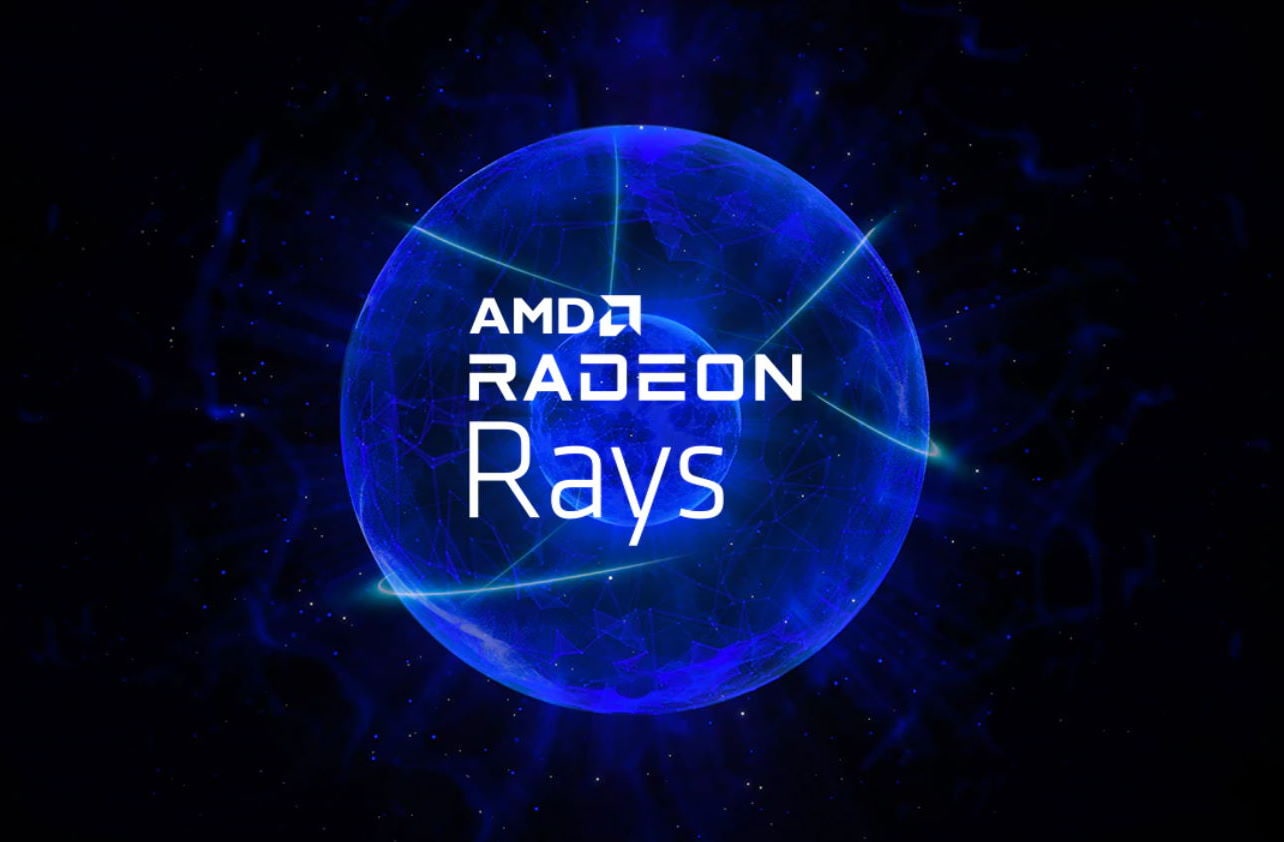
The accelerated ray intersection library for DirectX®12 and Vulkan®.
Radeon™ Rays is our high-efficiency, high-performance ray intersection acceleration library as seen in Radeon™ ProRender.
It supports a range of use cases, including interactive light baking for game development workflows, and real-time indirect sound simulation.
Supports:
- DirectX®12.
- Vulkan®.
Download the latest version - v4.1
This release adds the following:
- Open Source.
- Logging mechanism for easier debugging.
- Set of tests to validate changes to the source code.
Which version should I use?
AMD has developed Radeon™ Rays for many years. If you require OpenCL™ support, please use Radeon™ Rays 2.0.
Features
Custom AABB
Guide the construction of the Bounding Volume Hierarch (BVH) by providing a custom AABB hierarchy for your scene.
GPU BVH Optimization
Optimizes the Bounding Volume Hierarchy (BVH) specifically for efficient GPU access.
AMD developed Radeon™ Rays to help developers get the most out of AMD GPUs, as well as save them from maintaining hardware-dependent code. Radeon™ Rays exposes a well-defined C API for scene construction and performing asynchronous ray intersection queries. It is not limited to AMD hardware or a specific operating system.
Radeon™ Rays can be easily distributed, and through its API helps assure compatibility and best performance across a wide range of hardware platforms.
Additional features:
- Supports DirectX®12 and Vulkan®.
- Geometry update without full rebuild.
- Logging mechanism for easier debugging.
- Set of tests to validate changes to the source code.
Requirements
CMake 3.12 and above.
spdlog library installed for logging.
- DirectX®12: a 64-bit version of Windows® 10, and a GPU and drivers that support DirectX®12 features including Shader Model 6.0.
- Vulkan®: a 64-bit version of Windows® 10 or Linux, and a GPU and drivers that support Vulkan® version 1.2.
Microsoft® Visual Studio 2013 or later must be installed to compile the sample renderer.
Version history
See GitHub for a more detailed release history.
- Custom AABB.
- GPU BVH optimization.
- Removed OpenCL™ support.
Want more Radeon™ ProRender content?
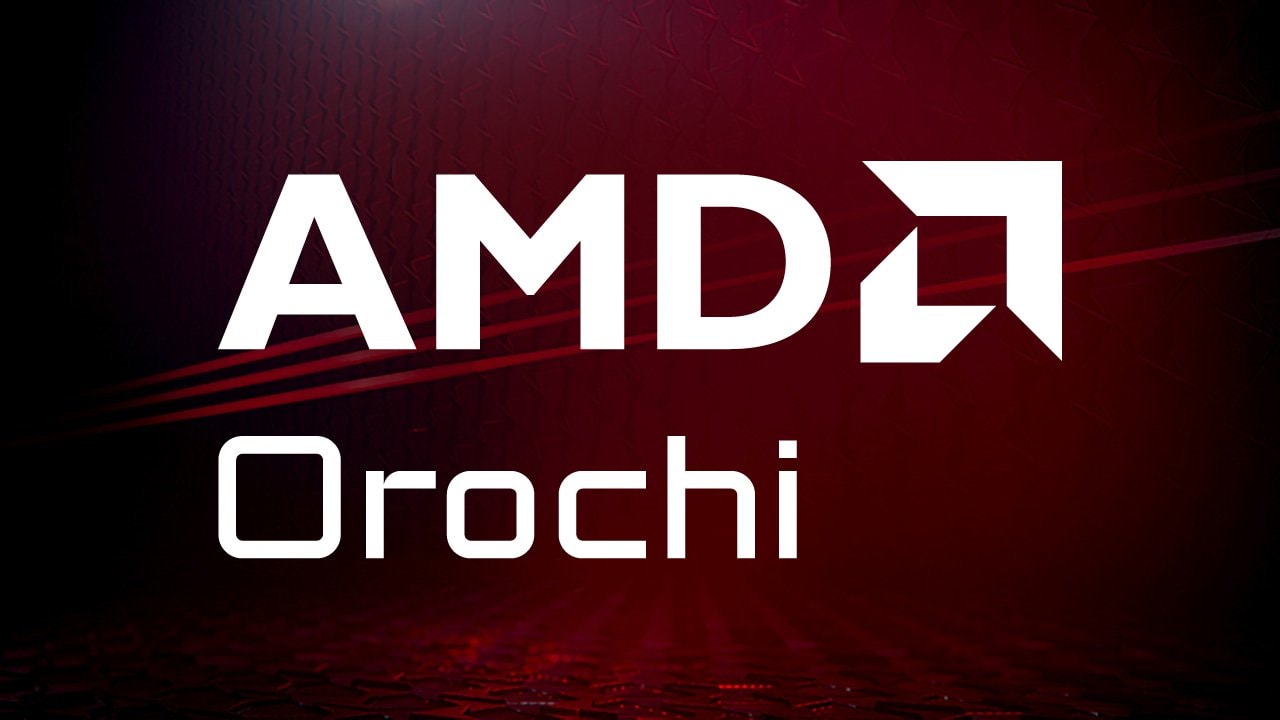
Orochi
Orochi is a library which loads HIP and CUDA® APIs dynamically, allowing the user to switch APIs at runtime.
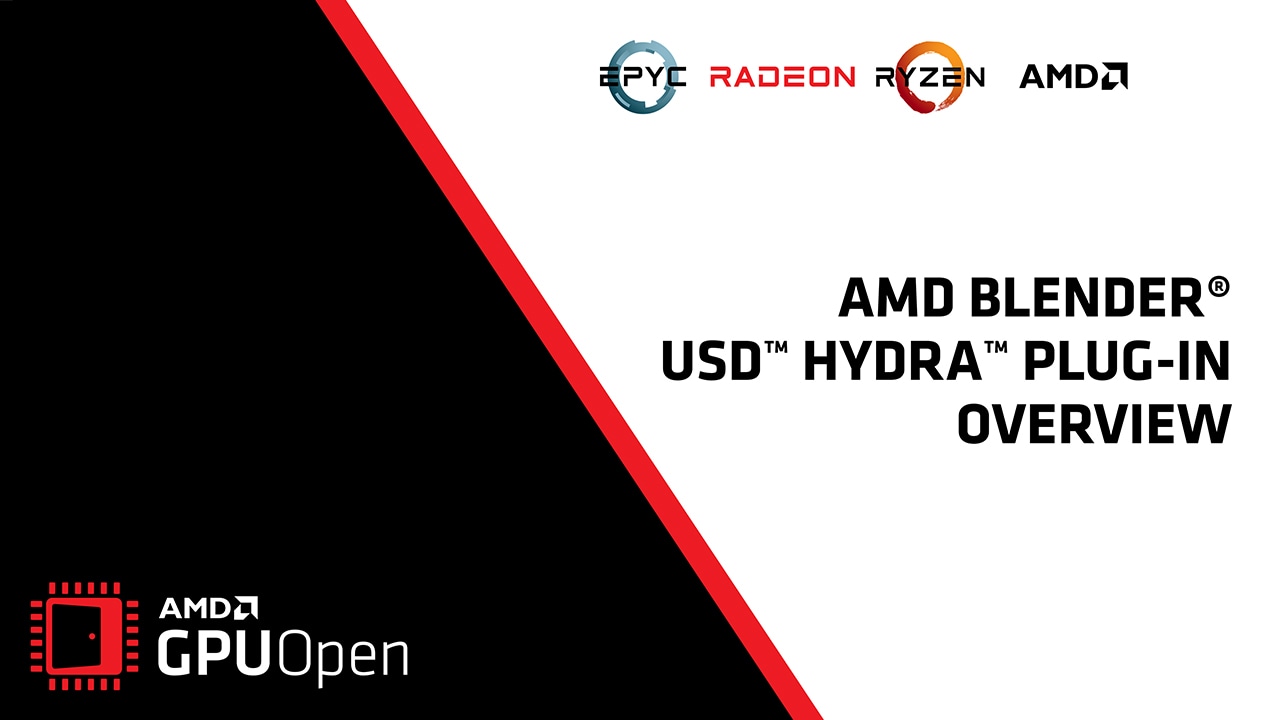
AMD Blender® USD™ Hydra™ Plug-in Overview – YouTube link
This tutorial video demonstrates how to use our USD Hydra plug-in for Blender®, which uses the power of Open Standards to enable you to reference and assemble USD™, and use MaterialX.
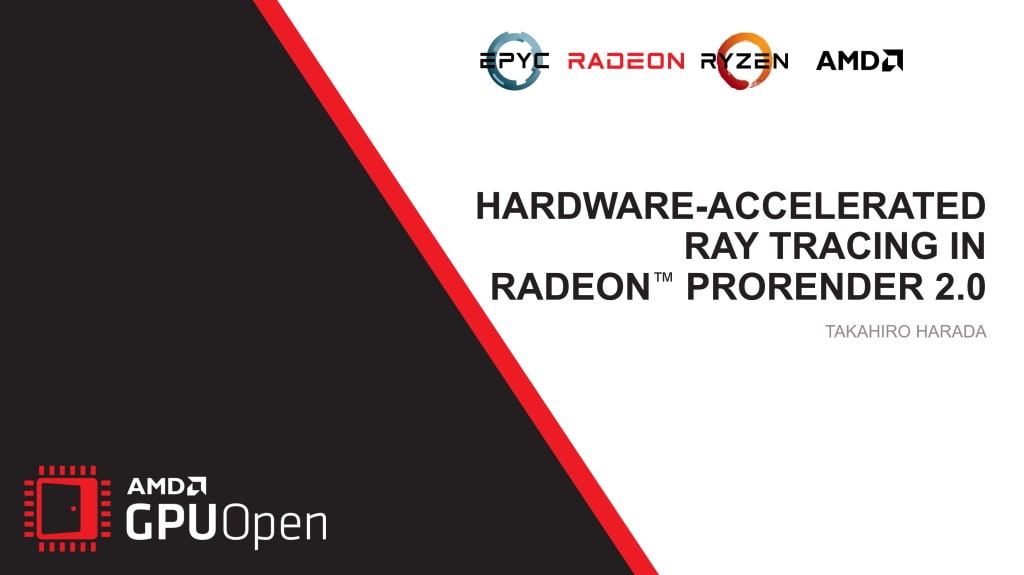
AMD RDNA™ 2 – Hardware-accelerated Ray Tracing in Radeon™ ProRender 2.0 – YouTube link
Introducing the new version of AMD Radeon™ ProRender 2.0 with AMD Radeon™ RX 6000 Series graphics cards support. Find out about the performance optimizations we achieved from the hardware ray tracing support.
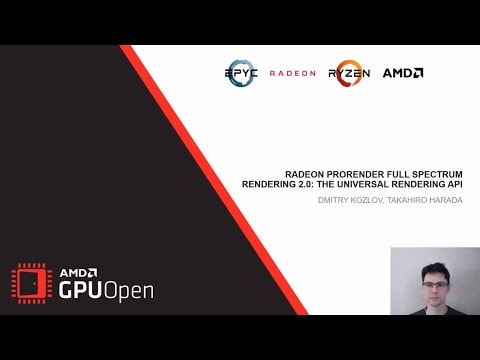
Radeon™ ProRender Full Spectrum Rendering 2.0: The Universal Rendering API – YouTube link
Introducing the new version of Radeon™ ProRender 2.0, the Universal Rendering API.
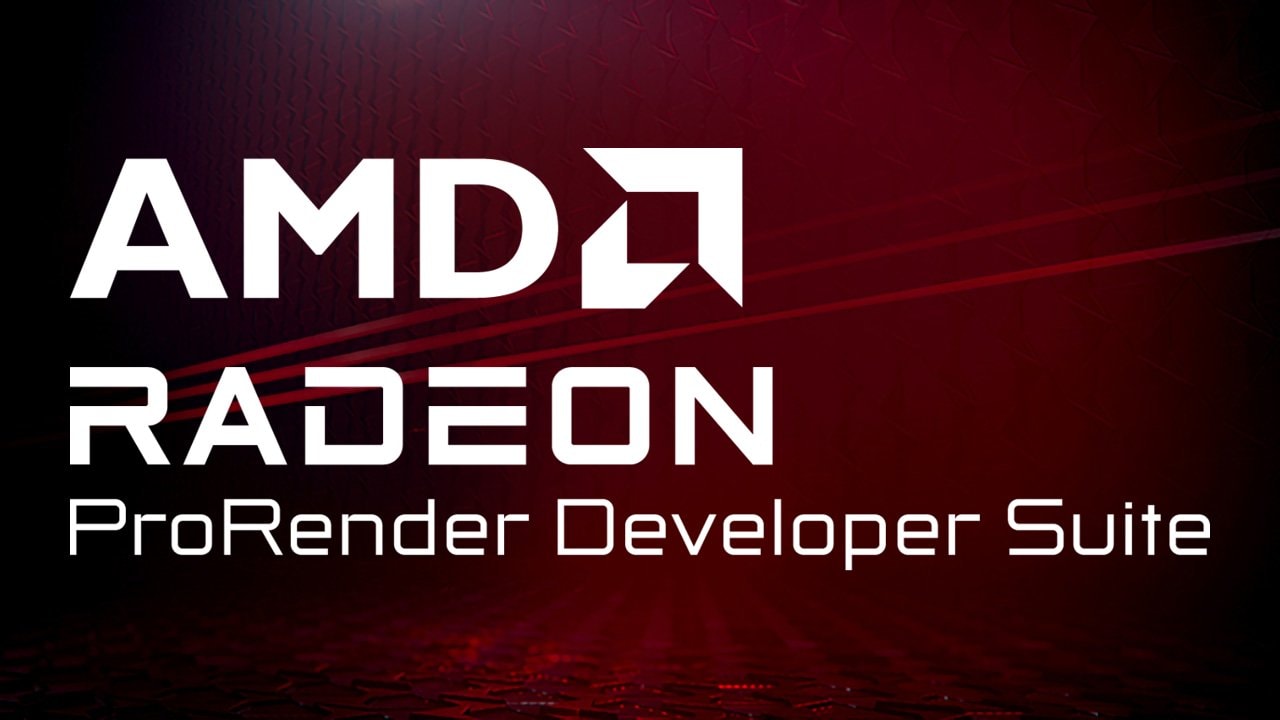
Radeon™ ProRender Suite
AMD Radeon™ ProRender is our fast, easy, and incredible physically-based rendering engine built on industry standards that enables accelerated rendering on virtually any GPU, any CPU, and any OS in over a dozen leading digital content creation and CAD applications.
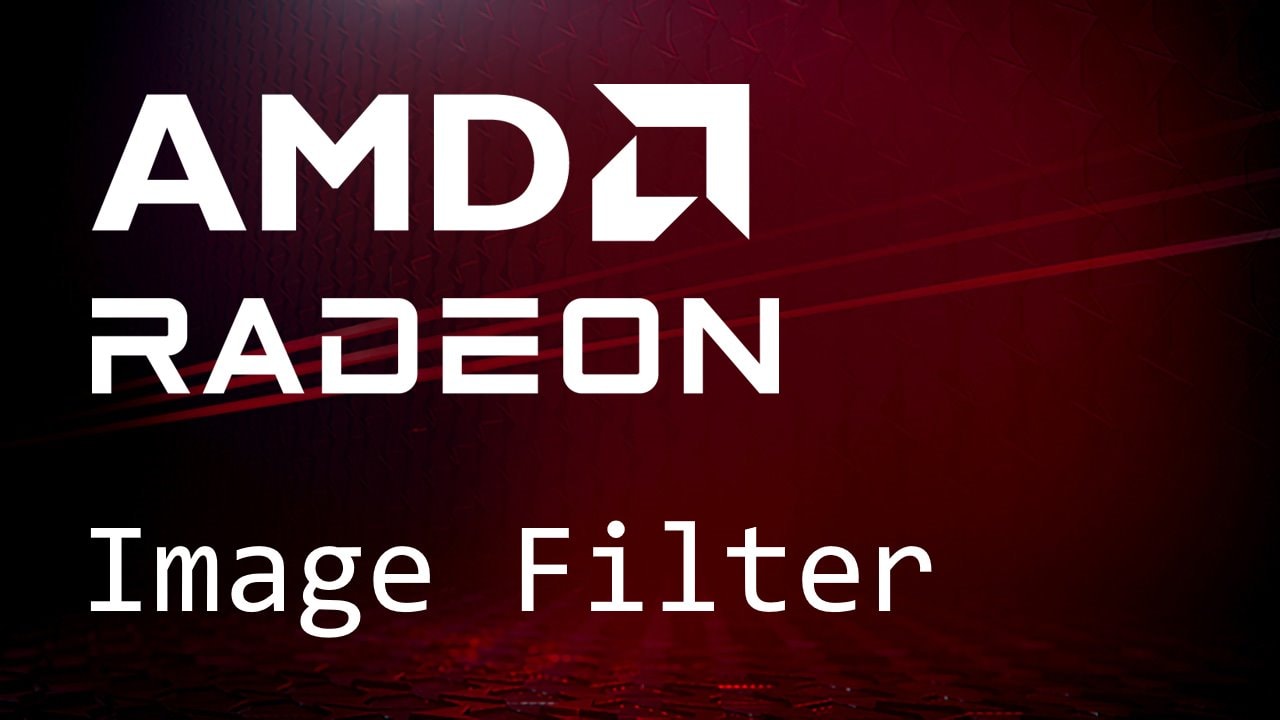
Radeon™ Image Filtering Library
Harness the power of machine learning to enhance images with denoising, enabling your application to produce high quality images in a fraction of the time traditional denoising filters take.
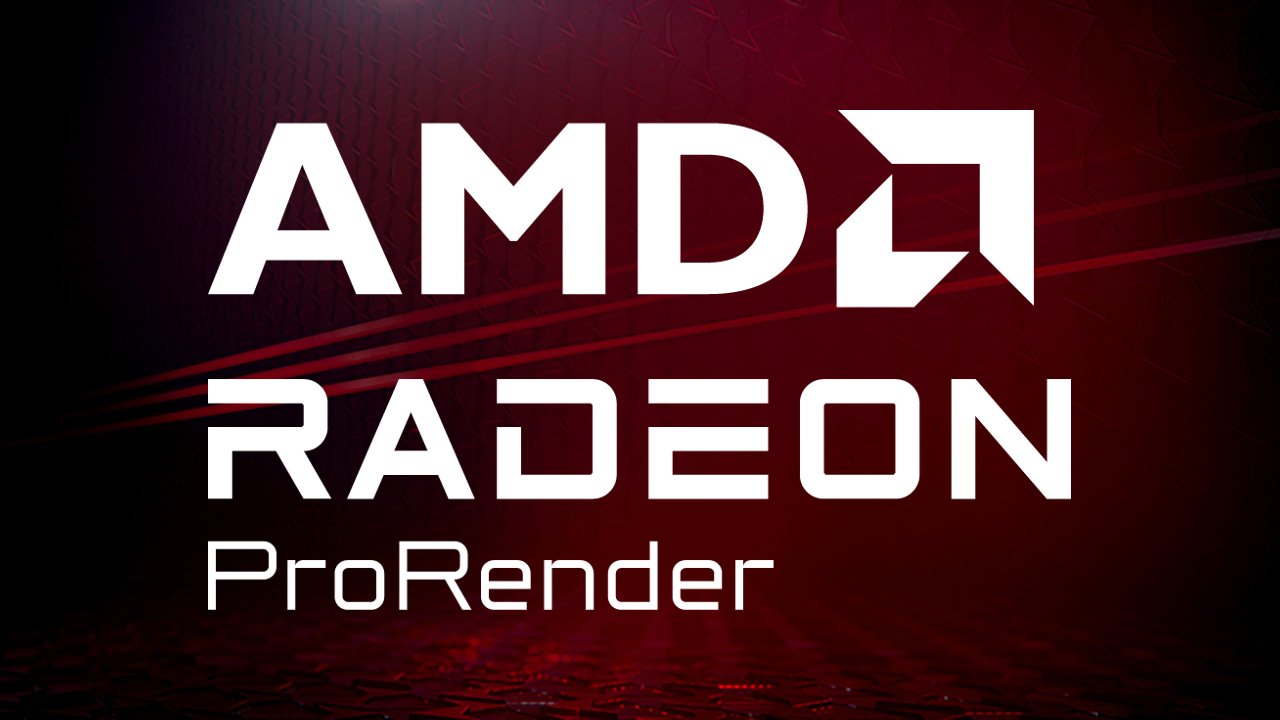
AMD Radeon™ ProRender SDK
AMD Radeon™ ProRender SDK is a powerful physically-based path traced rendering engine that enables creative professionals to produce stunningly photorealistic images.

